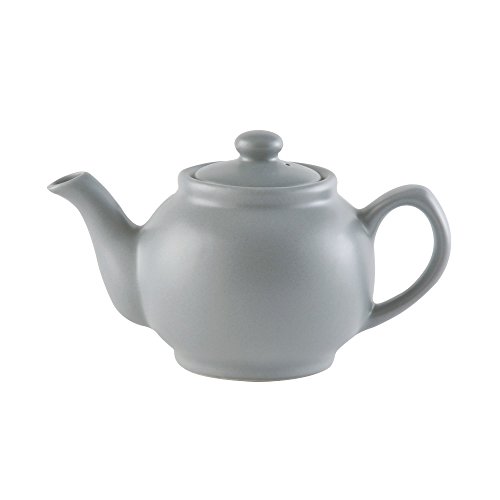Understanding the causes of staining in a teapot
Teapots are a staple in many households, serving as a vessel for brewing and serving tea. Over time, however, teapots can become stained, which is not only aesthetically displeasing but can also affect the taste of the tea. It is important to understand the causes of staining in order to effectively prevent it.
One of the main causes of staining in teapots is the tannins present in tea leaves. Tannins are natural compounds found in plants, and they can bind to and stain porous surfaces. When tea is brewed in a teapot, the tannins can seep into the pot’s material, leading to discoloration over time.
Another factor that can contribute to staining is the water used for brewing tea. Hard water, which contains a high concentration of minerals, can leave behind deposits on the interior of the teapot, making it more prone to staining. Additionally, if the teapot is not properly cleaned after each use, residue from previous brews can accumulate and result in stains.
Regular cleaning and maintenance
Regular cleaning and maintenance are crucial for preventing staining in teapots. After each use, it is important to thoroughly rinse the teapot with hot water to remove any leftover tea residue. This will help prevent the build-up of tannins and other compounds that can lead to staining.
In addition to rinsing, it is recommended to give the teapot a deeper clean at least once a week. This can be done by filling the teapot with a mixture of hot water and dish soap, and gently scrubbing the interior with a soft brush or sponge. Rinse thoroughly afterward to ensure no soap residue remains.
If your teapot has heavy staining, you can try using a mixture of equal parts water and white vinegar. Let the mixture sit in the teapot for a few hours, then rinse out thoroughly. The acidic properties of vinegar can help dissolve stains and remove discoloration.
Using a tea cozy or warmer
Another way to prevent staining in a teapot is by using a tea cozy or warmer. These accessories help to retain the heat of the tea, reducing the need to reheat the pot or expose it to prolonged heat, which can contribute to staining. By keeping the tea warm, a cozy or warmer can also reduce the contact time between the tea and the teapot, minimizing the potential for staining.
A tea cozy is a fabric cover that fits snugly over the teapot, providing insulation and keeping the tea hot for longer periods. Similarly, a tea warmer is a device that sits underneath the teapot and uses a small candle or electric heating element to maintain the temperature of the tea. Both options are effective in preventing staining and can be found in various designs to suit your aesthetic preferences.
Choosing the right teapot material
The material of a teapot can play a significant role in preventing staining. Some materials are more prone to staining than others, so it is important to choose a teapot made from a non-porous material. Porcelain and ceramic teapots are popular options because they are generally resistant to staining and are easy to clean. Glass teapots are also a good choice as they allow you to monitor the brewing process and are less likely to retain stains.
Avoid teapots made from materials such as cast iron or unglazed clay, as these are more susceptible to staining. If you prefer the aesthetic of these materials, make sure to properly season and care for them according to the manufacturer’s instructions to minimize staining and prolong their lifespan.
Proper storage and handling
How you store and handle your teapot can also impact its susceptibility to staining. After cleaning and drying your teapot, store it in a cool, dry place to prevent the growth of mold or mildew, which can cause stains and odors. Avoid leaving tea leaves or bags inside the teapot for extended periods, as this can contribute to staining and potentially affect the flavor of the tea.
When using the teapot, handle it with care to avoid accidental bumps or drops that can lead to chipping or cracking. Damaged areas can be more prone to staining and can also compromise the functionality of the teapot. Treat your teapot gently, and it will reward you with many stain-free brews.






